Advertisements
Advertisements
Question
Find the area of the shaded portion in the following figure.
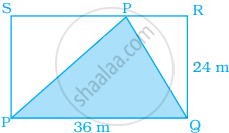
Solution
Area of the shaded portion = Area of ΔPTQ
∵ Area of a triangle = `1/2` × Base × Height
So, in ΔPTQ, RQ = Height
∴ Area of ΔPTQ = `1/2 xx 36 xx 24`
= 18 × 24
= 432 m2
APPEARS IN
RELATED QUESTIONS
Identify the net which can be used to make cube (cut out copies of the net and try it):

Which of the following is a two Dimensional figure?
Which of the following is the top view of the given shape?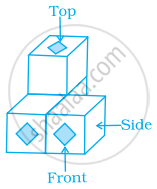
In a three-dimensional shape, diagonal is a line segment that joins two vertices that do not lie on the ______ face.
A pentagonal prism has ______ faces.
What figure is formed if only the height of a cube is increased or decreased?
Use isometric dot paper to draw figure.
A rectangular prism with length 4 units, width 2 units and height 2 units.
Find the area of the shaded portion in the following figure.
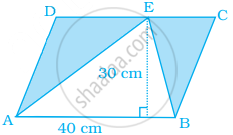
Find the area of the shaded portion in the following figure.
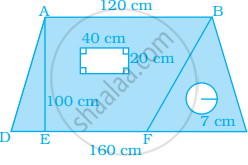
Find the area of the shaded portion in the following figure.
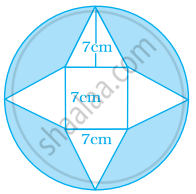
Find the area of the shaded portion in the following figure.
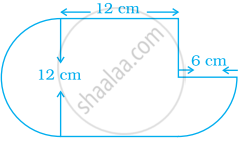
Find the volume of the given figure if volume = base area × height.
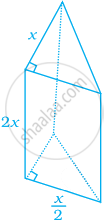
Find the volume of the given figure if volume = base area × height.

Work out the surface area of following shape (use π = 3.14).

The circle, the square, the rectangle and the triangle are examples of plane figures.
The circle, the square, the rectangle and the triangle are examples of plane figures.
The circle, the square, the rectangle and the triangle are examples of plane figures.
The circle, the square, the rectangle and the triangle are examples of plane figures.
The circle, the square, the rectangle and the triangle are examples of plane figures.
The circle, the square, the rectangle and the triangle are examples of plane figures.
